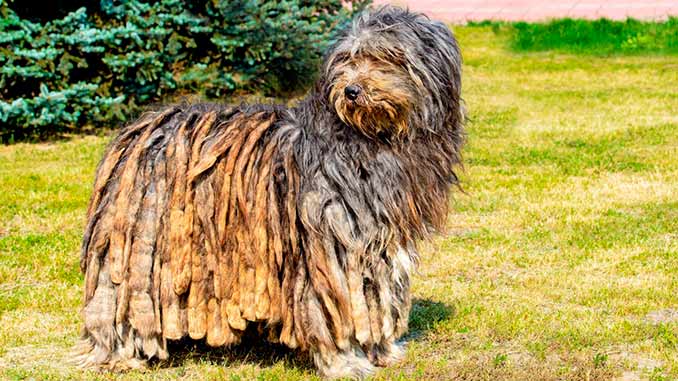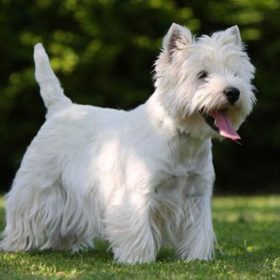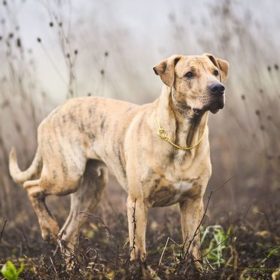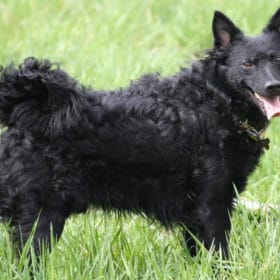Bergamasco Shepherd

The Bergamasco Shepherd has retained its essential traits of independence, intelligence, and caring. It forms close bonds with its human family without a traditional flock and devotes itself to attentive care.
Table of Contents
Breed Information
| Another Name | Bergamasco Shepherd Dog, Bergamasco Sheepdog, Bergamasco, Cane da pastore Bergamasco |
| Origin | Italy |
| Height | Males 58-62 cm Females 54-58 cm |
| Weight | Males 32-38 kg Females 26-32 kg |
| Fur | Long, heavy, reminiscent of commodore cords |
| Color | All shades of gray |
| Lifespan | 13-15 years |
| FCI Classification | Sheepdogs and Cattledogs (except Swiss Cattledogs) |
| Group | Dogs for children, guard dogs, guard dogs |
| Price | $1000-1200 |
Breed Photos
Origin History
The Bergamasco ancestors settled in the Italian Alps, north of modern Milan, where local shepherds used them for grazing their herds in the Alpine foothills. In this environment, they were exposed to wind and cold, elements from which only an impenetrable shaggy coat could protect them. The breed mingled with sheep during the day as they grazed. Therefore, the dog had to be intelligent and independent enough to handle its duties under minimal supervision. In addition to preserving the flock, Bergamasco also had to deter predators and develop a strong protective instinct that is still evident today.
World War II affected agricultural practices and led to a sharp decline in Italian sheep breeding. The fate of the breed teetered on the brink of extinction. But the Bergamasco Sheepdogs were saved. Mainly thanks to one woman’s efforts: Maria Andreoli, an Italian genetics expert, who took an interest in the breed at the time. From her now world-famous kennels, she developed a healthy breeding population of dogs that were later exported worldwide. Despite this, the species are rarely seen internationally.
Appearance
The slender dog with a square outline hides under a generous coat. It is muscular with a strong bone structure and looks very tough. The paws are oval-shaped, with stiff toes, strong claws, and tough pads.
Wool is the defining characteristic of the breed and often consists of the wool of three animals: dog, goat, and sheep. It does contain a mixture of soft, coarse, and curled fibers. And although puppies have a fluffy coat that is almost indistinguishable from other breeds, these three types of hair are intertwined. They grow during the first few months of life, forming wide, flat lines (as opposed to individual cords of the Komondor). The coat can be any shade of gray and up to black, or it can have solid or single spots.
Males of this breed should be between 58 and 62 cm tall and females between 54 and 58 cm. In contrast, their respective weight ranges are 32-38 kg and 26-32 kg.
Character
The Bergamasco Shepherd has retained its essential traits of independence, intelligence, and caring. It forms close bonds with its human family without a traditional flock and devotes itself to attentive care.
The Bergamasco does an excellent job as a guard dog and can stand up to a threat when needed. They are instinctively gentle and considerate with children. Bergamasco Sheepdogs tend to get along with small pets.
Care
The spectacular, dreadlock-like coat requires very little maintenance for most of the dog’s life. At about the age of one year, the layers that form in the coat must be “broken up”. During this process, extensive lines are broken up into narrower lines that do not tighten or interfere with movement. However, this process is quite time-consuming. It can be done by a professional groomer and only needs to be done once.
After that, all you have to do is pluck the occasional twig or other tangled foreign body from the coat. The dog may be bathed twice a year. In addition to these duties, you must not forget about brushing and nail trimming (as needed). And both procedures are introduced at puppy age.
Training
The independence of this breed manifests itself as extreme stubbornness in training. Do not buy a Bergamasco Shepherds hoping to make the next obedience champion. However, with a patient approach to training, a high level of obedience can be achieved.
Socialization is vital, as some Bergamasco can be wary of strangers, perceiving them as a threat. Traditional introductions to friends, extended family, and even strangers in the park are significant in raising a dog, forming good behavioral traits.
Common Diseases
Bergamasco Sheepdogs are generally healthy, and there is little data about such a rare dog. However, they may be prone to some diseases, including:
- hip dysplasia;
- bloating, though it is rare.
Nutrition
The ideal Bergamasco Sheepdog’s diet is a formulated diet for medium to large breeds with medium energy. As with all dogs, a sheepdog’s nutritional needs will change from puppyhood to adulthood and will continue to change into seniority. It would be best if you asked your veterinarian for dietary recommendations for your particular dog. Individual dogs have too many differences – including weight, energy reserves, and health – to make a specific recommendation.
 West Highland White Terrier
West Highland White Terrier Nenets Herding Laika
Nenets Herding Laika Cimarrón Uruguayo
Cimarrón Uruguayo Griffon Nivernais
Griffon Nivernais Cardigan Welsh Corgi
Cardigan Welsh Corgi Croatian Sheepdog
Croatian Sheepdog

